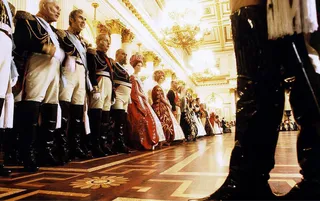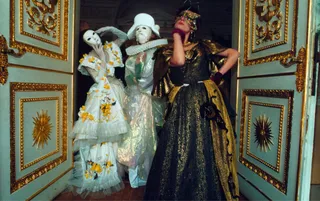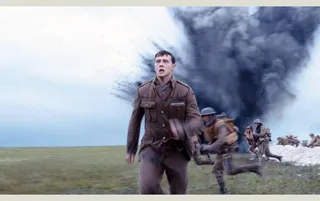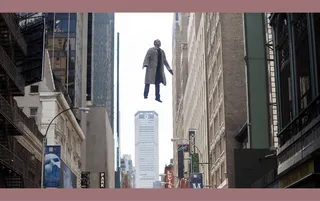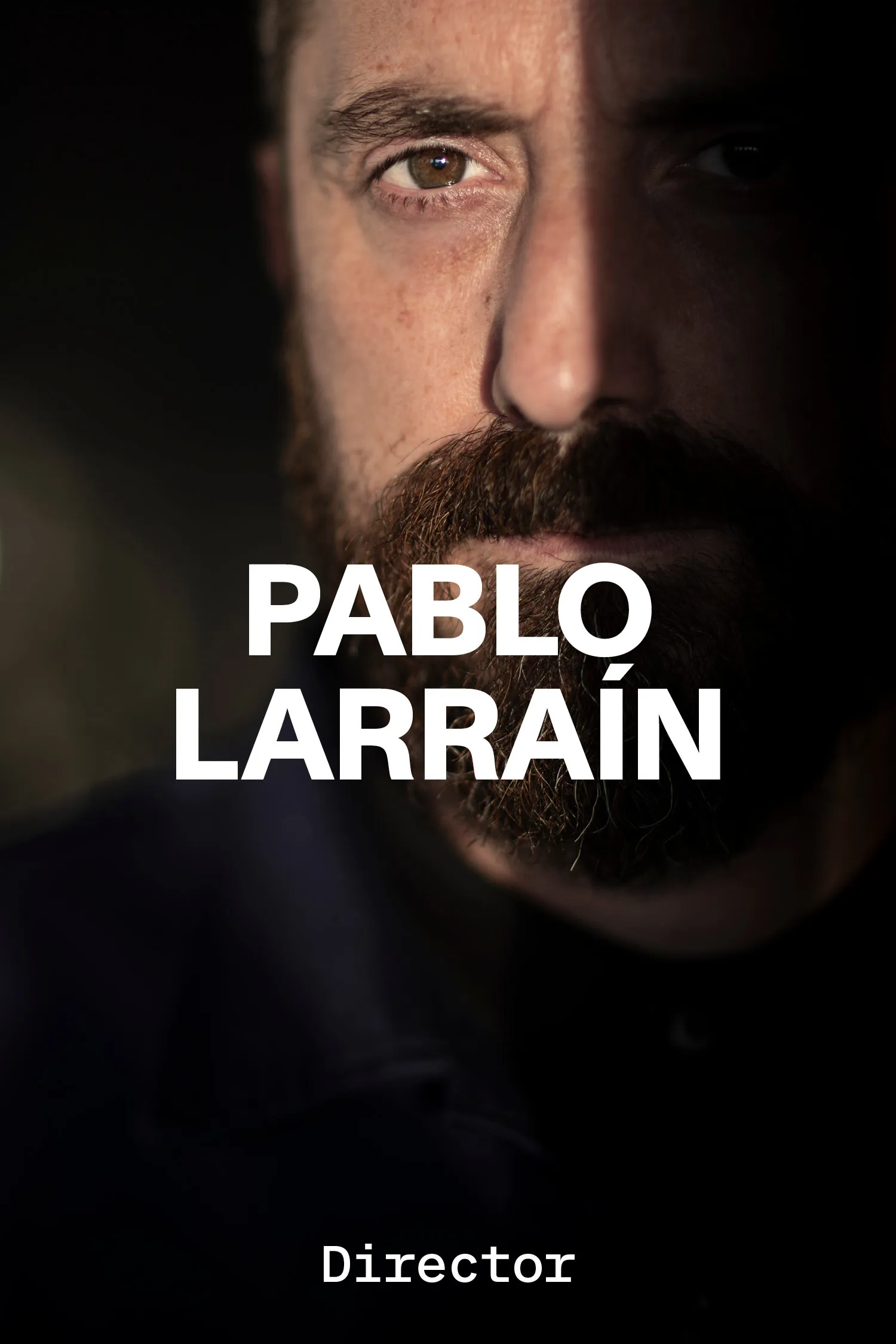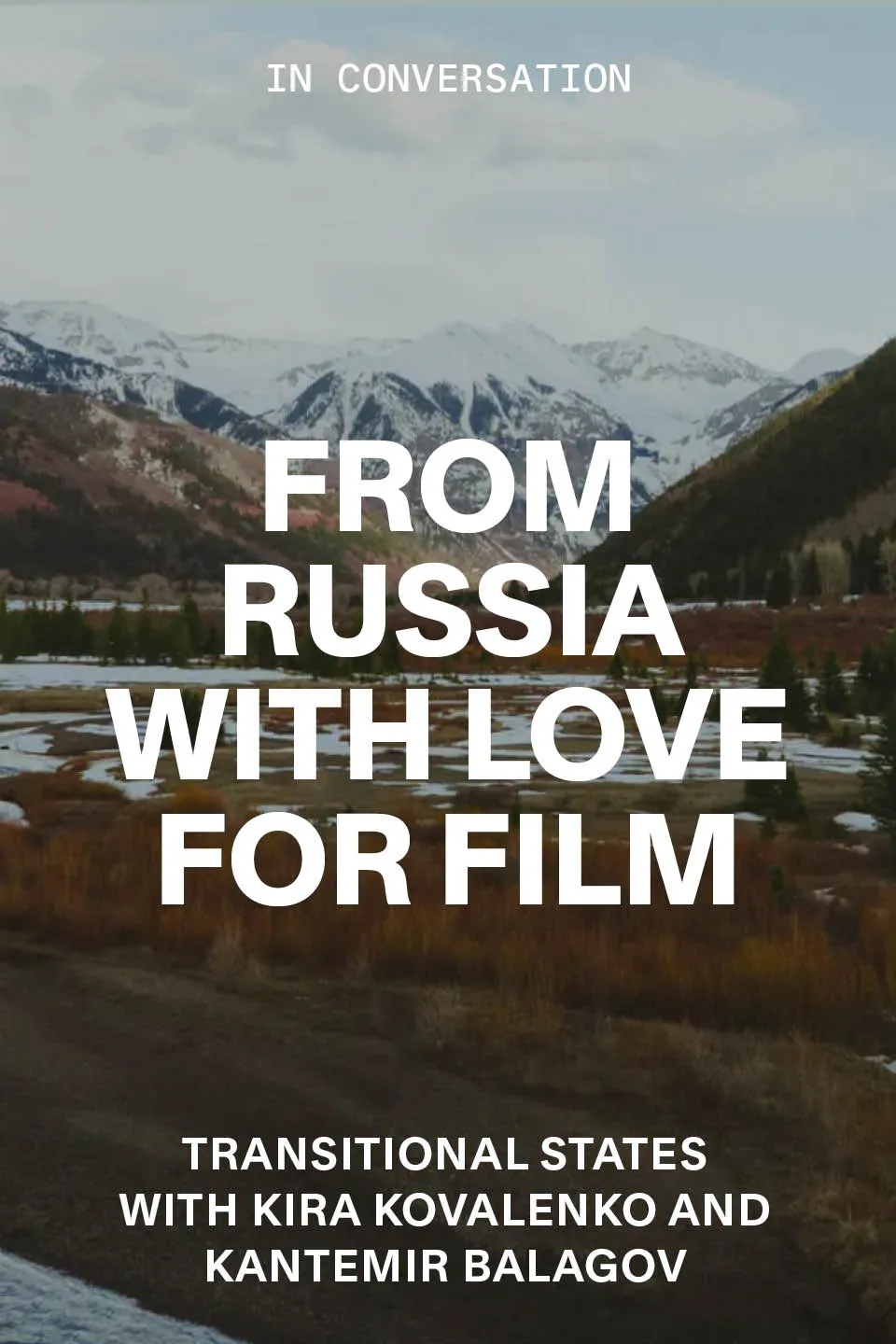Night at the Museum
By Jesse Pearson
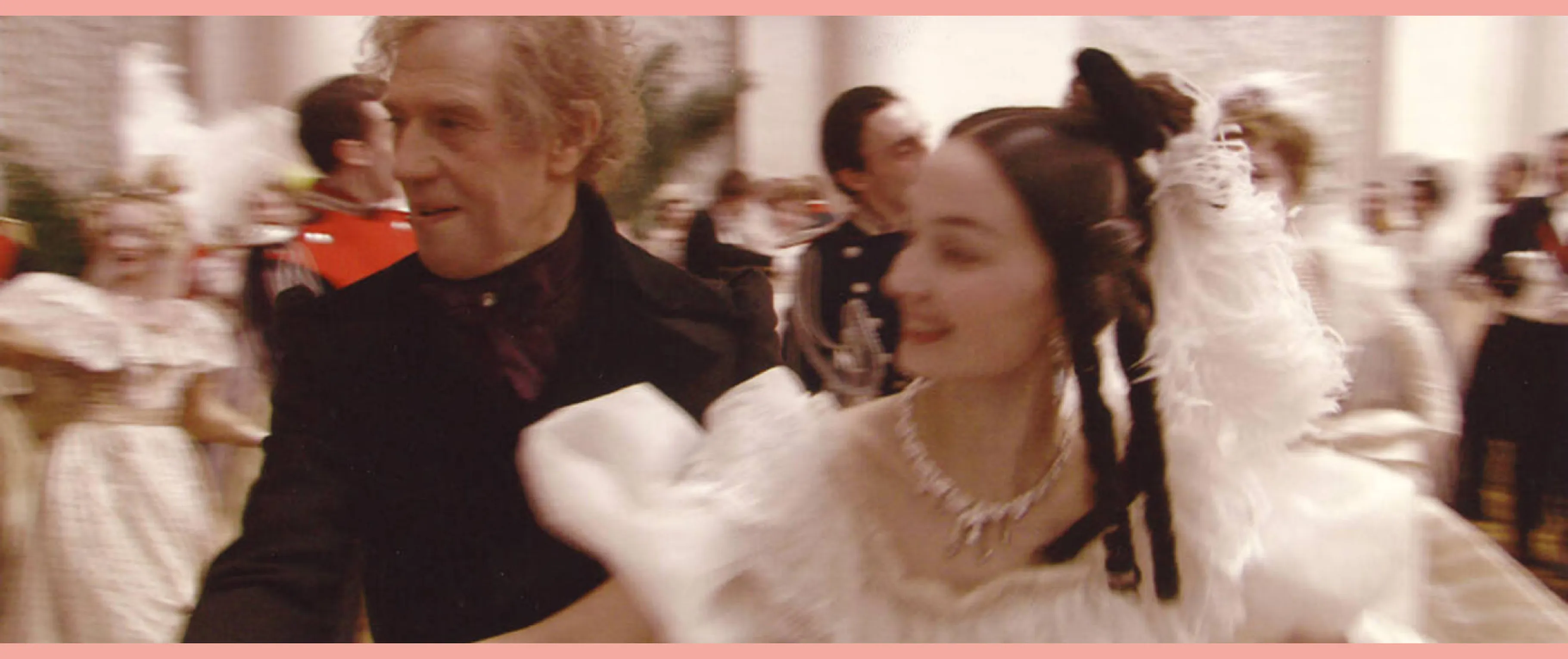
Russian Ark, dir. Alexander Sokurov, 2002
Night at the museum
Alexander Sokurov’s magnum opus Russian Ark tours two centuries of history in a single shot
By Jesse Pearson
November 22, 2024
There’s an urge in certain corners of film fandom to fetishize onscreen feats of athletically challenging camerawork. Unusually long takes—even entire-single-take movies—are an example of this. Beyond camerawork, there’s also a cultish awe for idiosyncratic modes of editing, optical tricks such as splitting the frame (a frequent and effective device of Brian De Palma’s in films such as Carrie and Dressed to Kill), and clever subversions of traditional plot structures (Pulp Fiction and Eternal Sunshine of the Spotless Mind both disregard chronological narratives). There can be a jockishness to this kind of admiration; I’ll always remember one faux-tough-guy film student at my college asking me, “Bro, have you seen the one-take crane shot from Soy Cuba?” But it’s undeniable that there is a genuine exhilaration to such sequences, especially when they are narratively earned. Think of the single-shot entrance to the Copacabana nightclub in Goodfellas, where we benefit from experiencing the absolute seamlessness of the hero’s access to an exclusive world. Upon first viewing, it leaves us breathless.
Russian Ark's historic tableaux
Films that employ these playful moves can be split into two camps: those whose iconoclastic ambitions all but require daring formal risks, and those in which such self-conscious techniques are smoke-and-mirrors flexes that serve no purpose beyond wankery. Audiences can sense the difference.
The literary equivalent of the single-shot film is the single-sentence novel. As with cinema, there are works of fiction that beg for formal sabotage, as well as those that detonate technical fireworks that the author must have hoped would distract from the banality lurking below the surface. W.H. Auden, writing a 1955 letter to the poet Frank O’Hara, pointed out that the writer would do well to “watch what is always the great danger with any ‘surrealistic’ style, namely of confusing authentic non-logical relations which arouse wonder with accidental ones which arouse mere surprise and in the end fatigue.” Avoid needless spectacle, in other words, but embrace experimentation when the time is right. This advice can be transposed to film as easily as Auden applied it to poetry.
Gaspar Noé is a filmmaker who has always straddled the line between substance and style. Is he a prisoner of gimmickry, or do the stories he tells flourish through his use of reverse-narrative, first-person camera perspective, split-screen imagery and so on? The causality-inversion of Irréversible is effectively dreadful, but the dual screen of Vortex induces Auden’s fatigue. Sam Mendes’s 1917 and Alejandro González Iñárritu’s Birdman are two films that mimic the effect of extraordinarily long takes through the use of in-camera and editorial subterfuge. These films’ extended takes feel more like parlor trickery than organic extensions of their respective stories, because the hoped-for wow factor of the formal inventiveness overestimates—or attempts to compensate for, which is a more sinister motive—the impact of the respective narratives. One is reminded of Roger Ebert’s review of Battlefield Earth, in which he lamented (among other things) the film’s overuse of Dutch angles, those crooked clichés of framing, writing that the filmmaker must have “learned from better films that directors sometimes tilt their cameras, but he has not learned why.” This encapsulates the question we might ask when a filmmaker employs formal derring-do: Why?
Alexander Sokurov’s 2002 masterpiece Russian Ark, shot in a single take by cinematographer Tilman Büttner, contains abundant answers to the question of why. A seamless journey through Russian history, the film lends us the eyes, via first-person perspective, of its nameless, faceless narrator—who is perhaps a phantom—as he is led through time by an archetypal 19th-century French aristocrat. The guide character was modeled on the real-life Marquis de Custine, who famously traveled to Russia and wrote critically of his experiences in the book-length treatise La Russie en 1839, which was published in 1843 and promptly banned by the Russian Empire for its biting assessment of the fatherland. Sokurov’s choice of source material for his main character—a sly one for a director who saw his early features banned by Soviet censors and who just recently, after speaking out against Russia’s war with Ukraine, was prohibited from leaving Russia—allowed for the medicine of critique to be hidden within the sugar of literary fancy.
“The only way is to let oneself be caught in its current and carried downstream to the end.”
Setting is essential to Russian Ark, which was shot with unprecedented access in Saint Petersburg’s Winter Palace, the longtime seat of the House of Romanov and a physical embodiment of pre-Soviet Russian history. It is part of the Hermitage Museum complex and the sort of institution that warehouses bygone times, from antiquity onward, in grand, solemn and awesome halls and galleries. In Russian Ark, the rakish, acid-tongued and uncannily observant Marquis leads our narrator (and, by proxy, us) through the museum, which is occupied not just by art and objects but also by people of various historical eras. Though solidly flesh-and-blood, even lustily alive, they are also, perhaps, spectral entities from the past (save for one oddly moving sequence in which contemporary museumgoers, arrayed in a gallery, are joined by the invisible-to-them Marquis). These ghosts, in intricate choreography of both everyday movement and also, at times, complex waltzes, are the proof of history having happened. Museums can sometimes feel like mausoleums, institutions where dead objects are stacked up to be ogled, but the living creatures in Russian Ark are lively evidence of the fleshly, embodied reality of the past. Their presence brings the museum, and the history it contains, to life. Through this animation, Russian Ark manages to both celebrate and lambaste the nation’s character, specifically in its hints at the brutality and dark humor that lurk beneath the pageantry and pomp of Russia’s outward-facing presentation.
History tends to be written, in a narrative sense, with massive gaps in the plot. A particularly eventful or mythologized era might have entire libraries dedicated to it, while the years between the storied moments—years characterized by quieter sorts of evolution and progress—recede into murk in the dominant record. But this is not how history unfolds in real time. To invoke an old chestnut, we might remember that Marcus Aurelius compared time to a river—an uninterrupted stream of happenings large and small, impactful and banal. Like a river, history has stretches of unremarkable placidity alternating with spikes of churning rapids. As with most shopworn proverbs, there’s a ring of truth to Aurelius’s maxim, which illustrates just why Russian Ark is such an effective telling of a specific historical thread—and why it needed to be shot in one take. It is because a film like this must flow, from end to end, like a river does. There are no cuts in a river, no splices or edits. Here is a prime example of a film’s story and theme all but requiring an unconventional form.
![]()
1917, dir. Sam Mendes, 2019
![]()
Birdman, dir. Alejandro González Iñárritu, 2014
With each mounting sequence, Russian Ark accumulates more wonder and force as we remember, in the midst of its gripping forward motion, that there has not been a single pause taken in the shooting of the film. Instead, it unfolds as life and history unfold—moving from moment to moment without portentous chapter breaks or didactic edits. Because of this, Russian Ark is alive in a way that only rare films are. Sokurov—who is not just Russian but also international cinematic royalty—undertook a meditative high-wire act with this film, paradoxical as that may sound. It’s a dream, a trance, and—though the mode of viewing is increasingly endangered in these times of streaming at home and diminishing attention spans—it begs to be seen in one sitting. The only way is to let oneself be caught in its current and carried downstream to the end.
